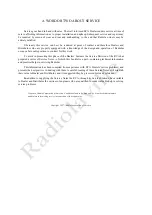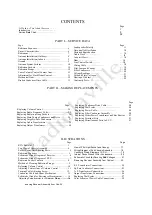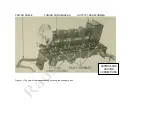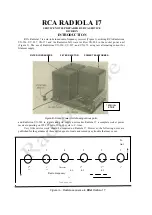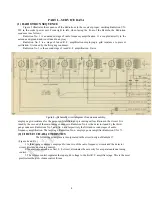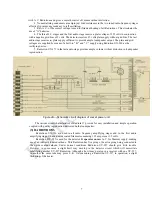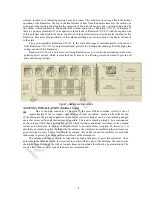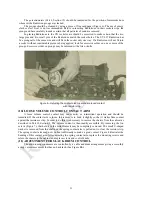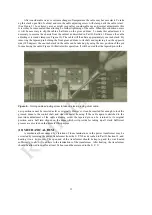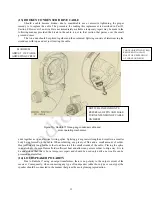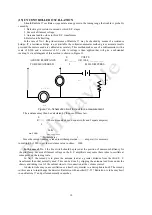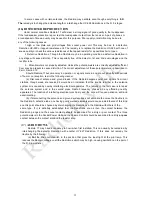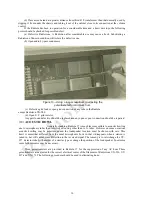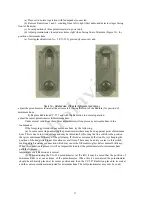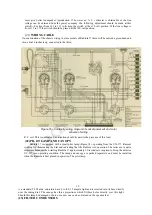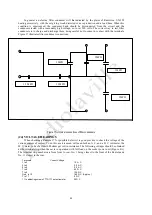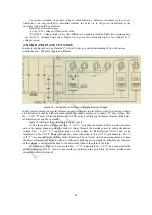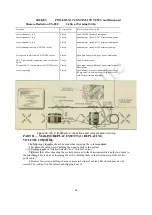
If the results of experiments seem to indicate that a good ground is not possible, the use of a
counterpoise is suggested if local conditions permit. A counterpoise is in effect a second antenna. It
should be about six feet above ground, well insulated, of the same dimensions as the antenna and
located directly under it. The counterpoise is connected to the Radiola in place of the ground
connection.
(7)
ANTENNA
SYSTEM FAILURES
Complaints of swinging signals, or of intermittent reception with probable grating noises, as
distinguished from fading effects, are generally the result of antenna and ground system failures and to
this, therefore, the service man should give his first attention. A grating noise may be caused by a poor
lead-in connection to the antenna, or antenna touching some metallic surface, such as the edge of tin
roof, drain pipe, etc.
By
disconnecting the antenna and ground
Figure
7
—
Releasing mounting screws holding volume control.
leads from Radiola 17 and noting whether or not the grating continues, the service man can soon
determine whether or not the cause of complaint is within or external to the receiver and plan his
service work accordingly.
(8) RADIOTRON SOCKETS
The sockets in Radiola 17 are of the standard gang UX and UY type (Figure 5). The three-gang
socket is for the radio frequency amplifiers; the single socket—a five-prong detector socket is for
Radiotron UY-227 and the two-gang socket is for the audio frequency amplifiers. Care must be
exercised when inserting Radiotrons in the sockets. A socket contact may not be in its correct position
and forced insertion of a tube will bend or break it. If care is exercised and the Radiotron inserted
gently, little trouble will be experienced with socket contacts. A bent one will be noticeable on
inspection and may be corrected by inserting a narrow instrument in the socket hole and pushing the
contact into its correct position. A badly bent or broken socket contact must be replaced.
(9) RADIOTRON PRONGS
Dirty Radiotron prongs may cause noisy operation or change the resistance of the filament circuit
sufficiently to cause a hum in the loudspeaker. They should therefore be cleaned periodically to insure
good contact.
10


